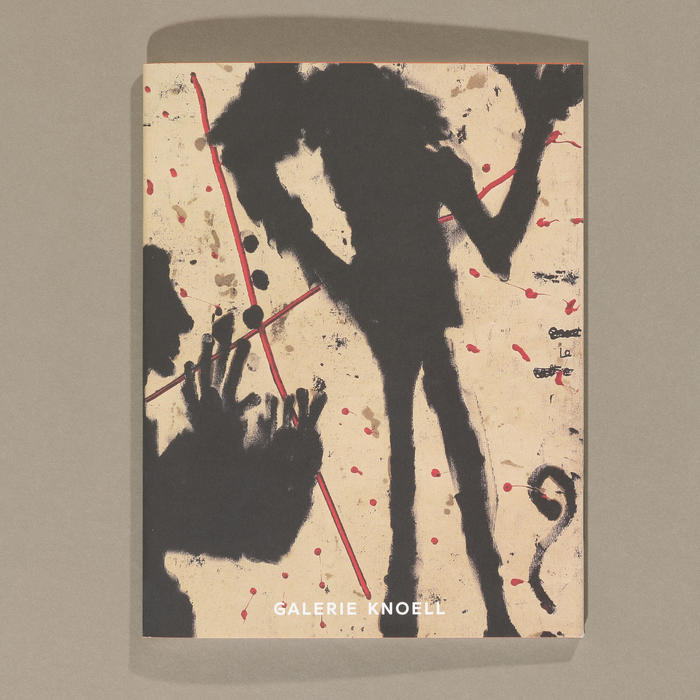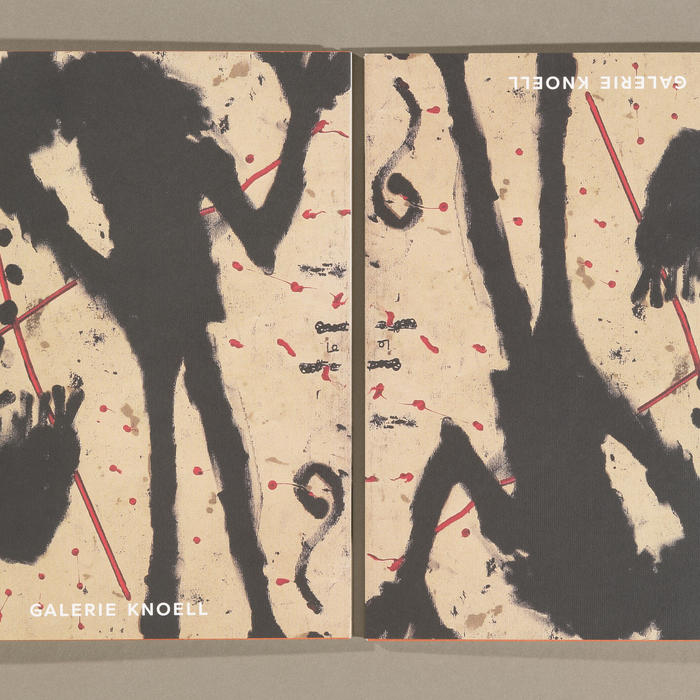Arnulf Rainer
*1929
Arnulf Rainer's work is characterized by a striking diversity of the individual phases of his artistic career. The surrealist works from the early post-war period, the "blind drawings" at the beginning of the 1950s, the "overpaintings", and the "finger paintings" created since the 1970s reflect this polarity in his work. And yet the red thread, perhaps best characterized by a constant interest in the intuitive, cannot be dismissed.
The black overpaintings, which began to dominate his work in the mid-1950s, have had a particularly lasting influence on Rainer's status as an independent contribution to post-war art. Gradually, the canvas, which had previously been worn by Rainer or another hand, is covered with oil paint until the original picture increasingly gives way to a monochrome surface. Arnulf Rainer's overpaintings, in their disregard for the picture motif, gradually displace the underlying picture, which finally gets worse in a tabula rasa. The seemingly monotonous canvas surface is in reality the laboriously achieved result of an ongoing conversation with the original picture, which usually ends in conflict and in extinction by the black deluge that has taken possession of the entire picture space. The new painting thus almost refers to the refusal of the former pictoriality, which has come to a complete standstill under the black carpet. The traces of the conflict, which are preserved as wounds and scars in the vivid structure of the black surface, reveal the destructive dimension of this technique, which only appropriates the historical pictorial stock in order to coagulate it into a palimpsest in the act of overpainting.
Arnulf Rainer was born in Baden near Vienna in 1929, where in September 2009 the Arnulf Rainer Museum was opened. Most parts of the year the artist lives and works in Enzenkirchen.
 Übermalung, schwarz weiss, 1961
Übermalung, schwarz weiss, 1961  Schräger Schädel, schief, 1970-72
Schräger Schädel, schief, 1970-72  Ohne Titel, 1958/68
Ohne Titel, 1958/68 
